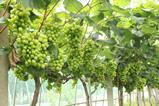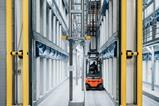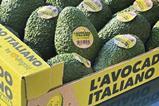As it celebrates its first five years in business, the garlic and ginger specialist is ready to expand with a bigger premises, more local supply, and new investment in AI technology
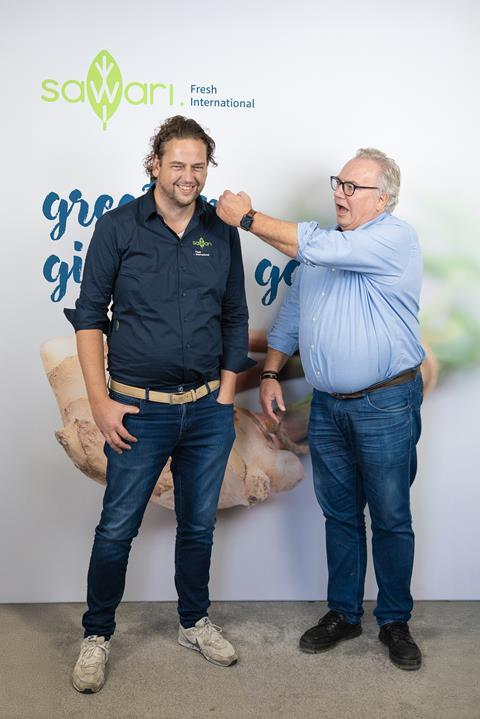
Despite its diminutive size, Dutch company Sawari Fresh International stands tall in a crowded, competitive marketplace.
Established in 2020 in the fresh produce trading heartland of Barendrecht, just outside Rotterdam, the company’s recipe for success boils down to one basic thing: a specialisation mainly in garlic and ginger. It’s fair to suggest this has added some new flavour to the Dutch import scene.
Starting a new venture at the height of the Covid-19 pandemic brought about some unique challenges. But founders Arie Havelaar and Sander Kleinjan drew on their vast experience working together at Cool Fresh International to forge a new partnership with Waterman Onions and establish the company, which rapidly positioned itself as a key player in the Dutch fresh produce business.
“Over the past five years, Sawari Fresh has evolved from a traditional importer-exporter into a true specialist in ginger and garlic,” says Kleinjan. “After our first year, we took an important step by deciding to rent our own warehouse. The early years brought plenty of hard work and challenges, but that investment has certainly paid off.”
Having its own facilities has helped enormously, he adds. “We’re able to offer our customers exactly what they need – in any desired packaging and quality. Just as important, we’re now in a position to set up fixed programmes with our customers, ensuring consistent supply, quality, and planning reliability.”
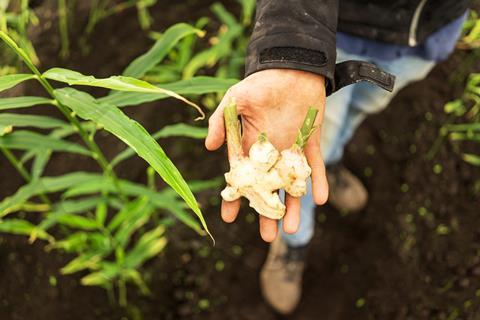
Expansion plan
Now, as it celebrates its fifth anniversary, Havelaar and Kleinjan are cooking up a new plan. The company will soon move to a bigger facility, from where it will continue to manage highly fragmented and complex supply chains on behalf of its customers.
“It’s a move designed to provide the space and flexibility needed to grow and innovate over the next five years,” Havelaar explains. “Bringing all operations together is expected to streamline our processes, foster collaboration, and support our long-term vision for expansion.”
Meanwhile, the company has cultivated strong relationships with growers worldwide, to ensure year-round supply of top-quality products.
“Our size works to our advantage – we’re agile, hands-on, and easy to work with. And because we focus exclusively on ginger and garlic, we are fully dependent on the success of these products,” Kleinjan admits. “That makes it essential for us to deeply understand every aspect of them, from sourcing and quality to seasonality and logistics. This dedication results in stronger sourcing, better consistency, and closer relationships with both growers and customers.”

Coping with complexity
One of the biggest challenges with ginger and garlic sourced from overseas is they are grown primarily by small-scale farmers. But therein lies an opportunity for Sawari Fresh to map out what is a complex supply chain. “Where possible, we aim to help scale up production, but even when that’s not feasible, we work to build direct connections with the growers,” says Kleinjan. “We want to know who is growing our product, and we want our customers to know that too.”
That transparency is increasingly a requirement. “The authorities place more and more demands in terms of traceability, food safety, and social responsibility. Knowing our supply chain inside out helps us meet those expectations.”
More recently, the pair have worked with growers to establish new supply of fresh organic ginger within Europe, starting with the Netherlands. It’s a move that has helped it to tap into growing consumer demand for local produce.
“We’re actively developing our own growing projects in Europe, and we’re also exploring opportunities in other parts of the world,” Kleinjan notes. “In the next five years, this will be a major focus for us – both to secure future supply, and to strengthen the sustainability and reliability of our sourcing model.”
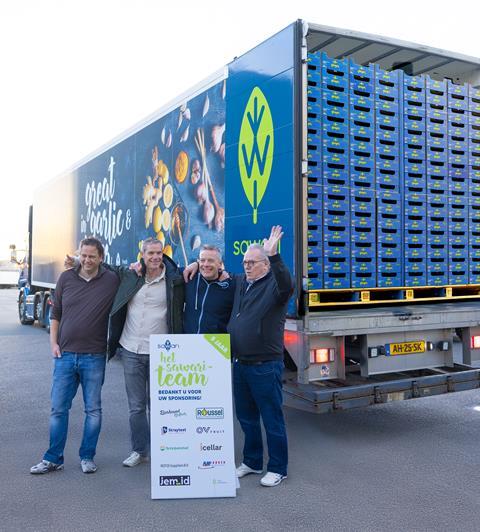
New projects
Technology is also a key focus for Sawari. Over the next five years, one of the company’s primary objectives is to automate its ginger packaging line using artificial intelligence. “We have already initiated a pilot project where we train a computer to recognise and classify defects in the ginger,” Havelaar reveals. “This small-scale test phase is crucial to ensure that the system can accurately detect imperfections before it is fully implemented.”
In parallel, it is exploring additional cultivation areas for dried garlic. “The goal is to secure a more stable pricing structure and consistently high quality for our customers,” Havelaar explains. “Special attention is being given to sourcing garlic that is grown in the Netherlands or, at the very least, within Europe. This focus on local or regional production helps us meet strict quality standards and offers customers a more reliable product.”


